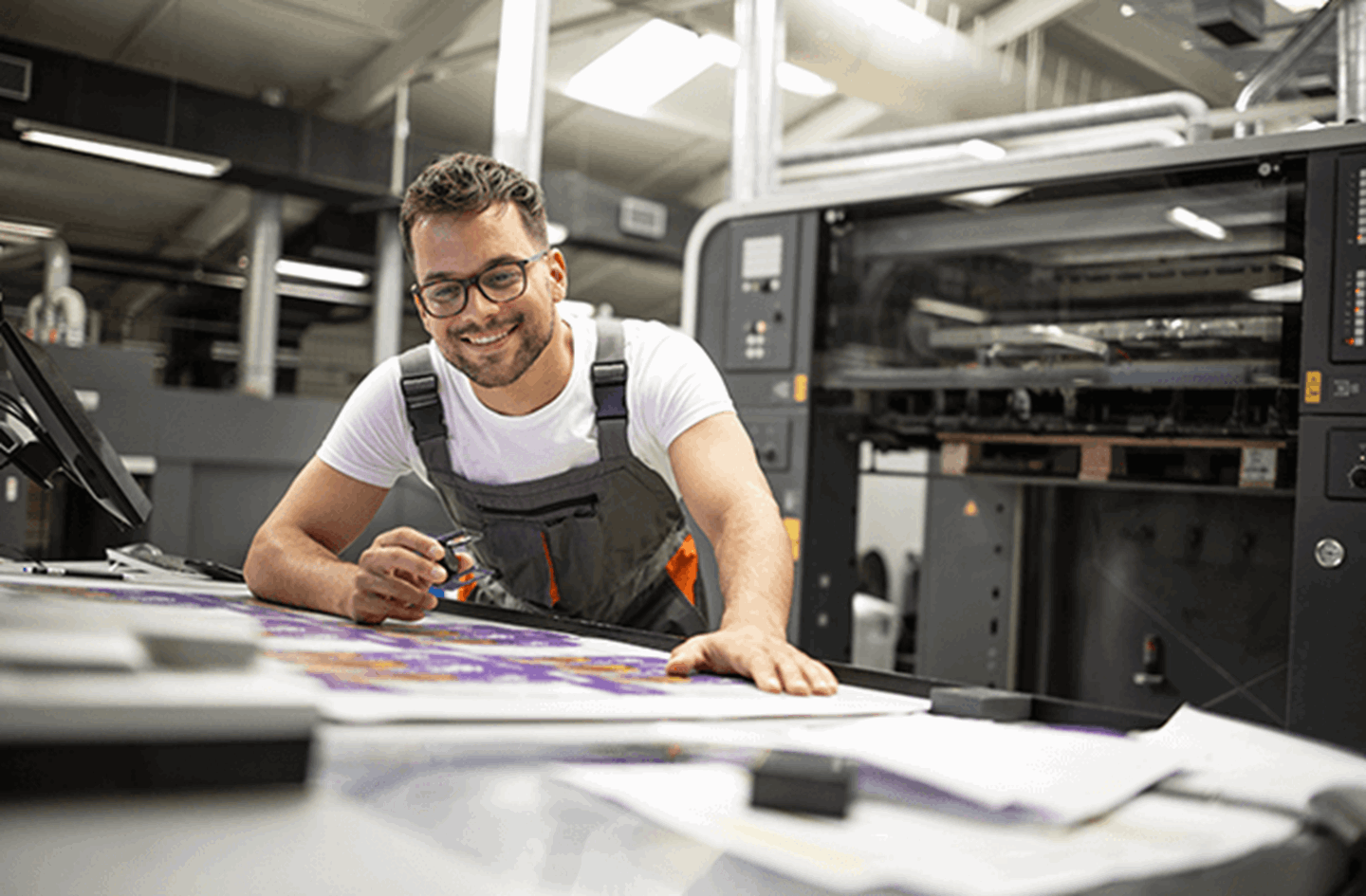Transformation and agility
"In 2025, businesses face both challenges and opportunities amid global pressures," says de Ridder. Political instability may disrupt traditional models and trade volumes, but it’s also a catalyst for exploring new markets and diversifying portfolios. This adaptability fosters growth in emerging sectors and builds resilience, resulting in a more robust global economy.
Companies will undertake a greater shift towards capital-intensive business models, prioritising advanced machinery and automation over labour-heavy operations. This evolution improves efficiency, reduces long-term costs, and enhances scalability, albeit requiring substantial upfront investment.
"Transformation and agility will define 2025," adds de Ridder. "In graphic arts, like many other sectors, the adaptable will find ways to exploit new opportunities as they emerge." He references Ricoh’s guiding principle, HENKAKU, a Japanese term for transformational innovation. "We bring this to life through our commitment to co-innovation and collaboration with our clients and partners," he notes. For example, Ricoh’s work with Green Gift Cards showcases how digital printing enables brands to align with sustainability goals while enhancing customer experience.
"Our partnership with Green Gift Cards demonstrates how recyclable, customised solutions—achieving a 91% reduction in carbon footprint—help brands engage their customers more effectively," explains de Ridder. "Short-run card production enables businesses to deliver tailored, meaningful experiences that resonate."
The continuing consolidation of printing operations across sectors will also redefine market share, reduce competition, and achieve economies of scale. "This consolidation can create a more streamlined and competitive industry," de Ridder observes.






